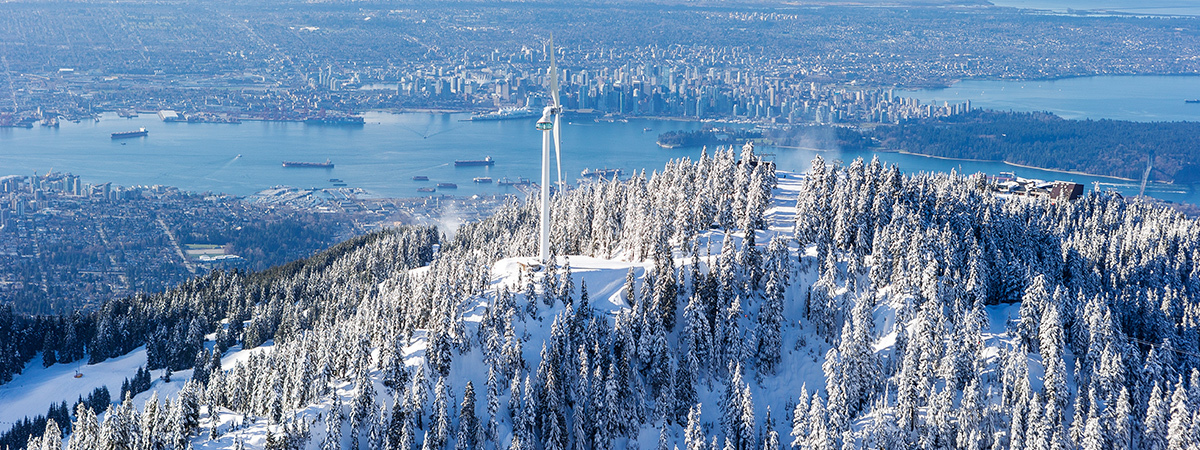
How to Prepare for Winter Field Trips
Posted by Grouse Mountain November 8, 2018
Winter field trips give students unforgettable opportunities for outdoor learning during the snow season. It’s hard to focus with wet socks, cold hands, and a hungry belly though, so ensuring students are well prepared for the snow will help them enjoy and learn from their field trip.
To help everyone stay dry and comfortable, here are some tips to prepare for snow-filled field trips.
Check the Weather Forecast
Mountain weather can vary greatly from conditions at lower elevations. Exploring the snow and leaving the rain in the City below is one of the many fun parts of a winter field trip.
At Grouse Mountain, the snow season can begin in October and run until May or June. To prepare for the day, be sure to check the weather forecast and mountain webcam ahead of time.
Dress for Snow
Snow gear is ideal for students on winter field trips, but rain gear paired with warm layers is a great alternative.
Wildlife education programs at Grouse Mountain take place in the natural beautiful environment at the top of the Mountain. We teach outside whenever possible, and snow recreation activities can be booked as part of a field trip, including snowshoe tours, ice skating, sledding and more.
Indoor classroom space is available in inclement weather. But because all field trips involve walking outside, it’s important that students dress for the snow.
For snow-filled field trips, we recommend:
- Snow pants - For students without snow pants, rain pants can be worn over leggings or athletic pants. If students don't have snow pants or rain pants, a pair of leggings or athletic pants under looser fitting pants will give an extra layer against the weather.
- Boots- Snow boots or waterproof hiking boots are the best way to keep feet warm and dry. If rain boots are the only option, they can be worn with a warm pair of socks. We recommend bringing an extra pair to change out at lunch time as well.
- Waterproof gloves - If students have fabric mittens/gloves, they may wish to bring an inexpensive extra pair to change out at lunch time.
- Warm hat - Hats keep in heat. Warm toques or woolly hats are ideal, but any hat is better than none!
- Layers - Hoodies under rain-coats keep students warm and can be removed if the weather is nice. Hoods can also provide a hat if needed. Polyester and other quick-drying fabrics are recommended.
Pack Snacks
On winter field trips, warm or room temperature snacks are a good option. We recommend that students bring several small pocket snacks they can eat throughout the day while they explore the Mountain with their class.
Alert for Traffic
Guided education programs take the pressure out of field trip scheduling. At Grouse Mountain, our experienced wildlife education guides are responsible for all timings on the day, and greet groups with their tickets when they arrive at the base.
Traffic can be unpredictable, especially with winter road conditions. If you anticipate delays, be sure to let your Event Coordinator know if possible. They will alert your guides and make any adjustments to the schedule, so you and your students can focus on enjoying the day.
Enjoy the Outdoors
Winter field trips provide unique experiences, and the chance for students to learn in a beautiful outdoor setting. With preparation, students, teachers, and supervising parents can have fun, stay safe, and get the most out of their field trip!
To learn more about winter education programs at Grouse Mountain, visit our Education Program page.

